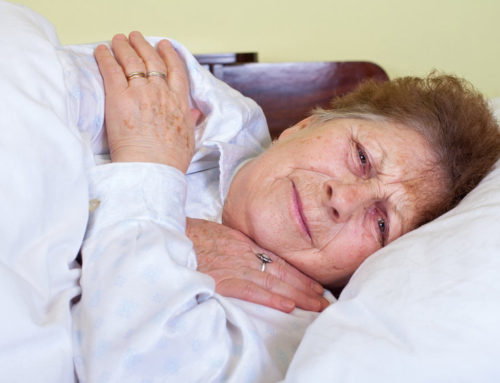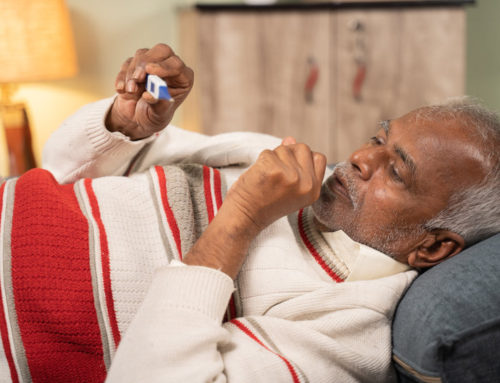Share This Story!
Is Osteoporosis Reversible?
Many people don’t receive an osteoporosis diagnosis until a fracture occurs. Because of this, changing habits early is crucial to bone loss prevention. Once a person has the condition, the question may arise: is osteoporosis reversible? While reversing a diagnosis is not possible, there are some crucial steps people can take to slow the development of the disease.
1. Watch your nutrients
Maintaining a healthy diet is a crucial component of managing any health condition. Osteoporosis is no exception. Some specific nutrients have been shown to improve bone health. Getting adequate protein, vitamin D, and calcium are all tied to slowing down bone loss.
Both calcium and vitamin D are commonly found in fish and dairy products. Calcium is also found in leafy green vegetables and many foods are fortified with both calcium and vitamin D. For some people, particularly vegans and vegetarians, getting enough of these osteoporosis-preventing nutrients can be a challenge. In these cases, patients may consider discussing supplementation with a healthcare provider.
2. Exercise for bone health
Any type of exercise is beneficial for overall health improvement. However, when considering bone health, not all exercise is created equal. To prevent the rate of bone turning over, experts recommend performing weight-bearing exercises 3 or more times per week. Aim to exercise for at least 30 minutes at a time.
Some people might immediately think of strength training when hearing the word weight-bearing. Weight-bearing exercises can also include walking, hiking, dancing, Pilates, and more. Weight-Bearing activity is any movement that puts weight on the bones to build strength. Biking and swimming are excellent forms of exercise, but not as beneficial for bone health. For patients who need low-impact exercise, using a stair-stepping or elliptical machine may be an option.
3. Keep body weight in a healthy range
Many people know that having a low body weight is a risk factor for osteoporosis. However, having a body weight that is too high is also a risk factor. Excess weight can put unnecessary strain on the joints and bones, leading to pain and a higher risk of fracture.
Certain surgeries such as stomach surgery or weight loss surgery can also make calcium absorption more difficult. In these cases, people may want to consult a nutritionist or healthcare provider regarding supplementation for osteoporosis prevention.
4. Watch your fall risk
As people get older, preventing falls becomes even more important. Especially in patients with osteoporosis, a slip and fall in icy weather can quickly lead to bone fracture. About 25% of people over the age of 65 fall each year and falling is one of the leading causes of injury among the elderly. When bones get weaker, fall risk goes up.
Besides taking extra caution in slippery conditions, people with osteoporosis should also take extra care to be aware of surroundings. Keep an eye out for curbs, clutter, or uneven surfaces. Wear low-heeled footwear and use handrails whenever available. Patients may also consider putting rubber mats throughout the home, especially in bathrooms and kitchens.
Preventing further bone loss
While completely reversing osteoporosis is not feasible, there are ways to slow the development of the disease. Some simple changes in habits can help prevent further bone loss and keep patients safe. People who have been diagnosed with osteoporosis should speak with a healthcare provider for additional recommendations and treatment options.





